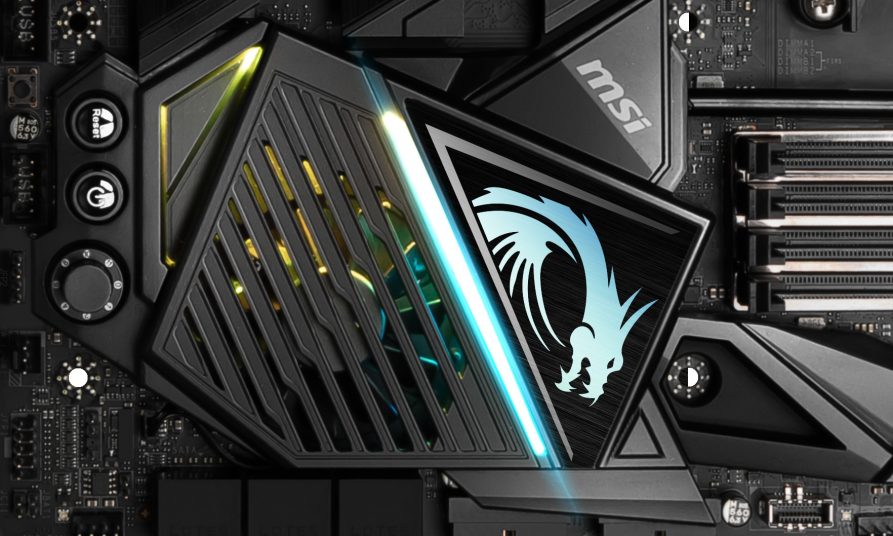 How loud are the fans on the chipset coolers for the new X570 chipset really? This is a question that I have also asked myself and the reason for a deeper research into what is really at stake with the supposed wind machines. And, without wanting to spoil everything in advance: I can give a little warning for the normal user. But always beautiful in turn…
How loud are the fans on the chipset coolers for the new X570 chipset really? This is a question that I have also asked myself and the reason for a deeper research into what is really at stake with the supposed wind machines. And, without wanting to spoil everything in advance: I can give a little warning for the normal user. But always beautiful in turn…
I also have this information and details online on our YouTube channel, so now everyone can decide whether they prefer to listen to me and watch me get annoyed by a sizzling lab fly or skip the video and just read on.
So let's move on to the chipset and the much-discussed cooling. The current X470 chipset is still well in the running with a whopping 8 watts in the maximum, but for the X570 chipset this power consumption increases significantly for some of it. Here, too, a distinction must be made between a normal scenario for an average user and worst-case scenarios. AMD and some board manufacturers talk about 10 to 12 watts on average, rather with the downward trend.
Only when the chipset is really stressed by immense workloads and thus also data streams, values up to 16 watts (and in the tips perhaps even slightly above it) are up for discussion. If you take a closer look at the chipset and compare it with the X470 predecessor model, you will notice that the heat density increases significantly here, because more watts of waste heat per unit area are to be dissipated. So the keyword is hot density and it is not so much a question of the cooler size, but above all of the speed at which one can dissipate the heat (in extreme cases).
Air coolers are of course an ideal feature, because a construction of heat sink and recessed heat pipe over the chip is already quite thick and elaborate. There is the fan variant, which also only jumps in and on when it becomes necessary, the simpler and, above all, safer version. There are certain thermal guidelines, which the manufacturers naturally follow. For example, at MSI on the Godlike and the ACE, we find the three modes that can be implemented sensibly.
Each mode relies on a fan stop for semi-passive cooling. However, the switch-on temperatures of the three modes differ just as much as the fan speeds including the temperature curve and the shutdown temperatures during cooling. The following table gives a nice overview.
We also see that the hysteresis, i.e. the temperature difference between on and off temperature in each of the modes, has been chosen sufficiently large to avoid an annoying on-off-off loop, as we know it enough from silly configured graphic skates. Interestingly, the trigger pulse is omitted when the switch-on threshold is reached. This "fan test" is automatically run exactly once per session at motherboard start, so please don't scare you the first time.
None of the interlocutors has been able to get beyond at least step 3, perhaps also due to lack of a bucket full of NVMe SSDs with PCIe 4.0. However, it was unanimously confirmed that it looks worse with the fan than it sounds later on in the average usage. And On the overall noise I also have an assessment and conclusion in the video. Thus, the fan solution is the iron reserve, no more.

































Kommentieren